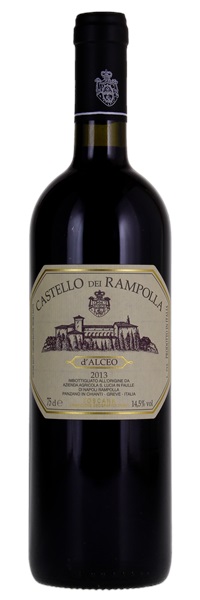Estimate


Blackberry jam, crème de cassis, plum, licorice and spice meld together in the glass, but it is the wine's textural intensity that elevates it into the realm of the profound.
Strawberry, plums, chocolate and green pepper frame this beautiful red. So much black currant too. Full-bodied with round, mouth-coating tannins.
Aromas of pine, wild rosemary, black currant, iron and tar hold court in this dense, inky red. The tannins run roughshod on the finish, so cellar or tame with grilled beef or lamb.
The fruit intensity peels off this wine with elegance, power and intensity. With similar momentum, the wine glides clear over the palate with silky and long intensity.